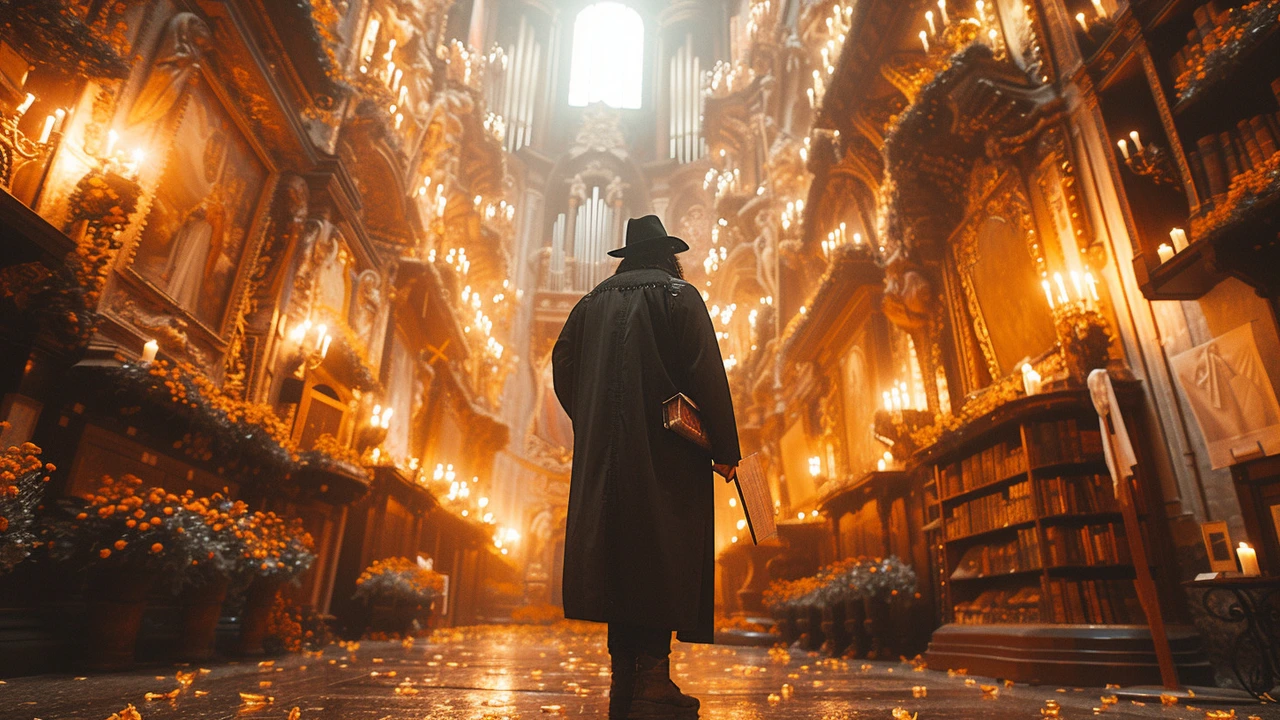Hey there! This blog post sheds light on Rococo, a style in art and architecture that's much more than just frills and flourishes. We'll dive into the rich history of this style, examine its evolution, and explore how its influences persist in modern designs today. It's a fascinating journey into our cultural past that I believe you'll enjoy just as much as I enjoyed writing it for you.
Artistic Evolution: How Architectural Styles Change and What to Look For
What if a building could tell you exactly when and why people changed their minds about beauty? Architectural styles are living records of ideas, tech, and daily life. This page pulls together those shifts so you can see patterns, spot influences, and use them when studying or designing.
Artistic evolution in architecture happens when new needs, tools, or beliefs push designers to try something different. Sometimes the shift is sudden—think Constructivist projects after a political revolution. Sometimes it’s slow—like how Beaux-Arts detailing fed into modern urban planning. Either way, each style borrows, rejects, and transforms what came before.
How styles move from one to the next
Start with a few drivers: materials, technology, politics, and taste. New materials like Roman concrete or steel frames let architects build forms that were impossible earlier. Political change or wealthy patrons steer aesthetics—public monuments often reflect power. And taste cycles: after heavy ornament, people may crave clarity and function, which is how movements like Bauhaus and International Style gained ground.
Look at landmarks and you’ll see a chain: Renaissance focus on proportion and human scale led to Baroque drama and ornament. Later, Neoclassical and Greek Revival returned to order and symbols. In the 20th century, Bauhaus and Constructivist ideas pushed for function and social purpose. Today neo-futurism and high-tech architecture use digital tools and glass-and-steel to express speed and innovation.
Quick visual checklist to spot evolution
- Ornament vs. restraint: Lots of carved detail usually points to Baroque, Beaux-Arts, or Colonial. Minimal surfaces often mean Bauhaus, International, or High-Tech.
- Materials: Stone and brick suggest older methods; steel, glass, and exposed concrete hint at modern and contemporary movements.
- Form and scale: Domes and columns often signal classical influence. Sharp angles, asymmetry, or sweeping glass indicate later experimentation.
- Function-first signs: Open plans, exposed structure, and visible systems usually come from industrial-age thinking onward.
Want examples you can read now? Check articles on Renaissance Architecture, Beaux-Arts Architecture, Ancient Roman Architecture, Constructivist Architecture, High-Tech Architecture, and Neo-Futurism. Each piece shows how a style began, what it reacted to, and how architects reused those ideas later.
Use this tag as a guided tour: start with older movements to see core ideas, then move forward to watch how tech and society remix those ideas. When you walk a city, keep the checklist in your head—it's a fast way to read a building's story. If you're studying design or planning a project, tracing artistic evolution helps you borrow the right idea at the right time.
Curious about a specific period or building? Browse the linked posts under this tag to see clear examples, practical spotting tips, and short histories that connect the dots between styles. It's a simple habit that makes architecture feel less like random decoration and more like a readable history of human choices.

